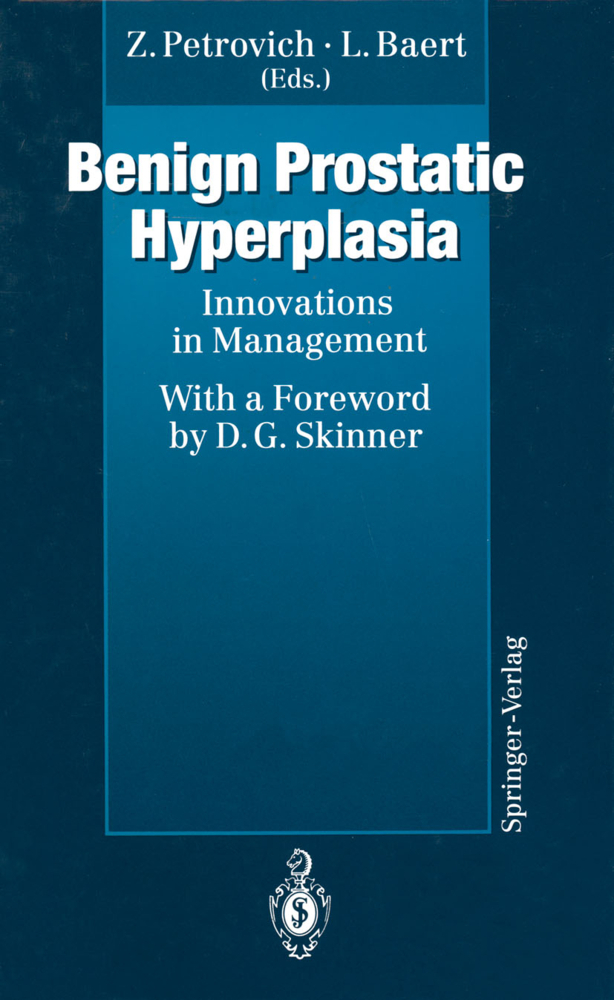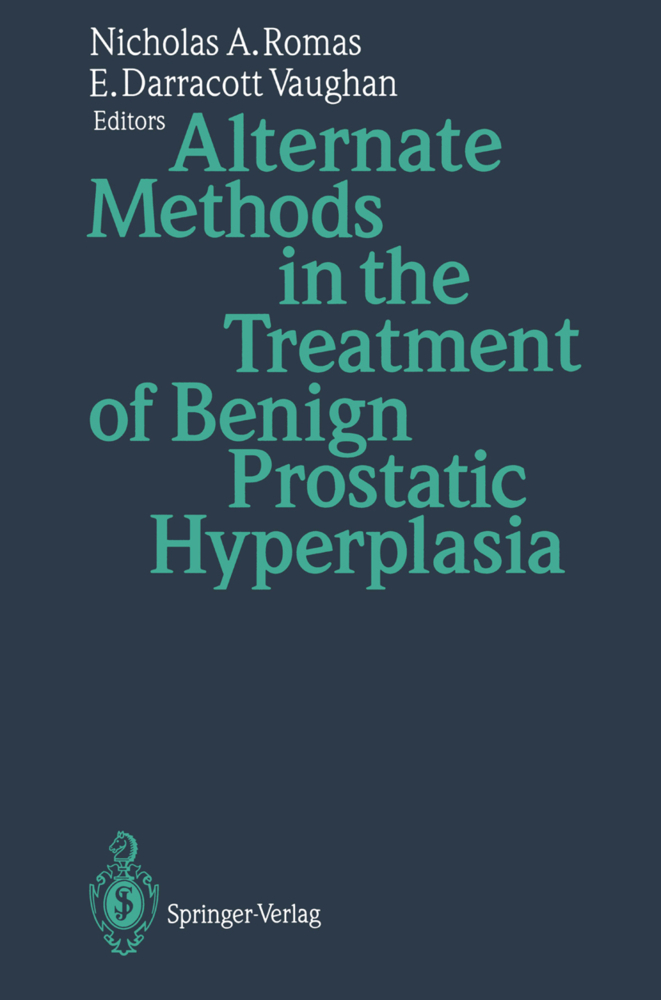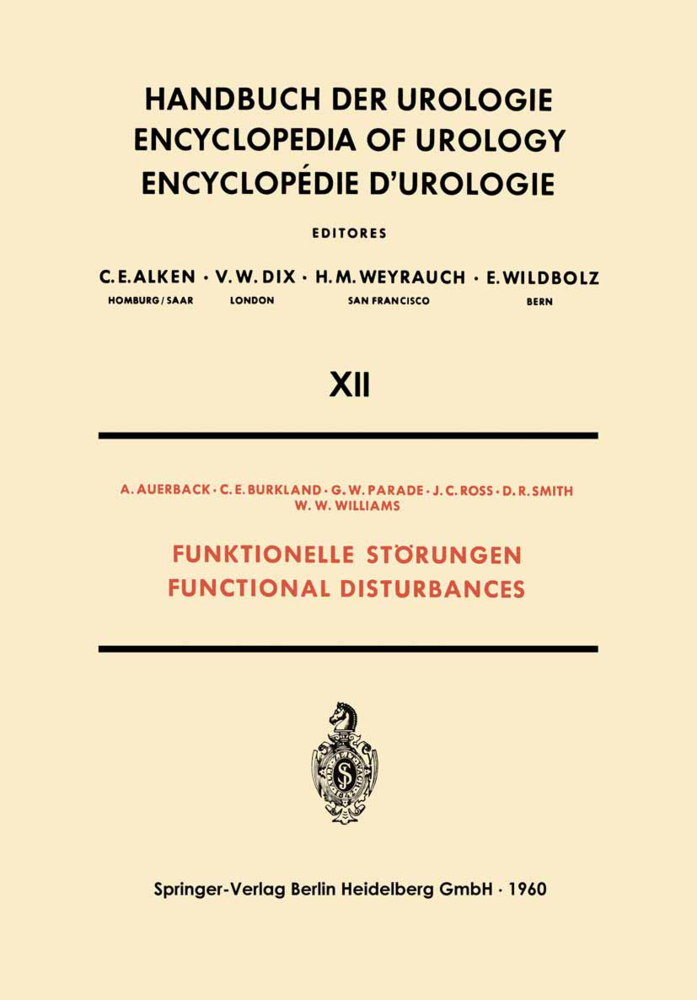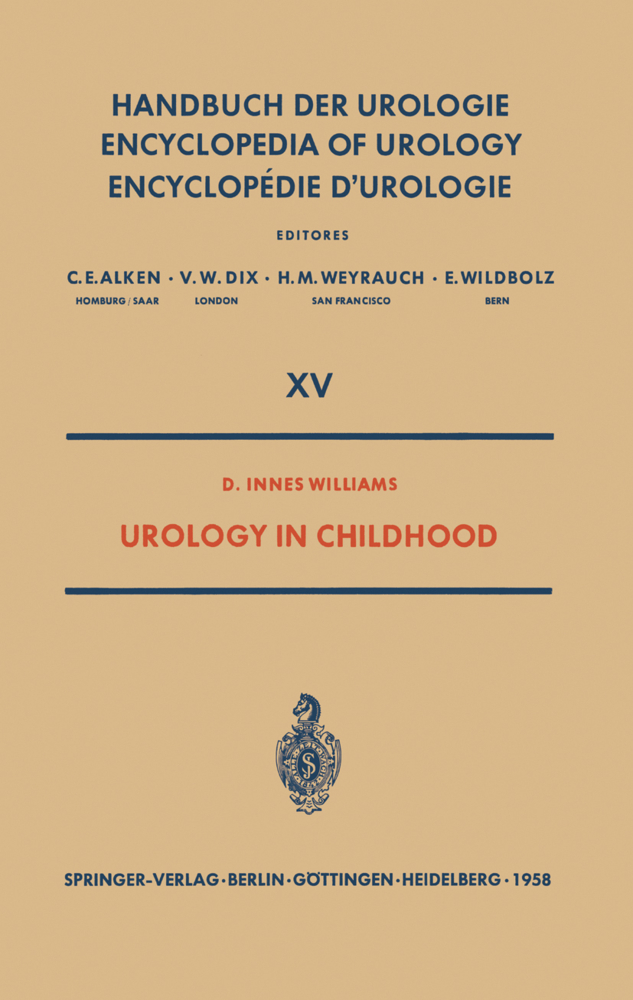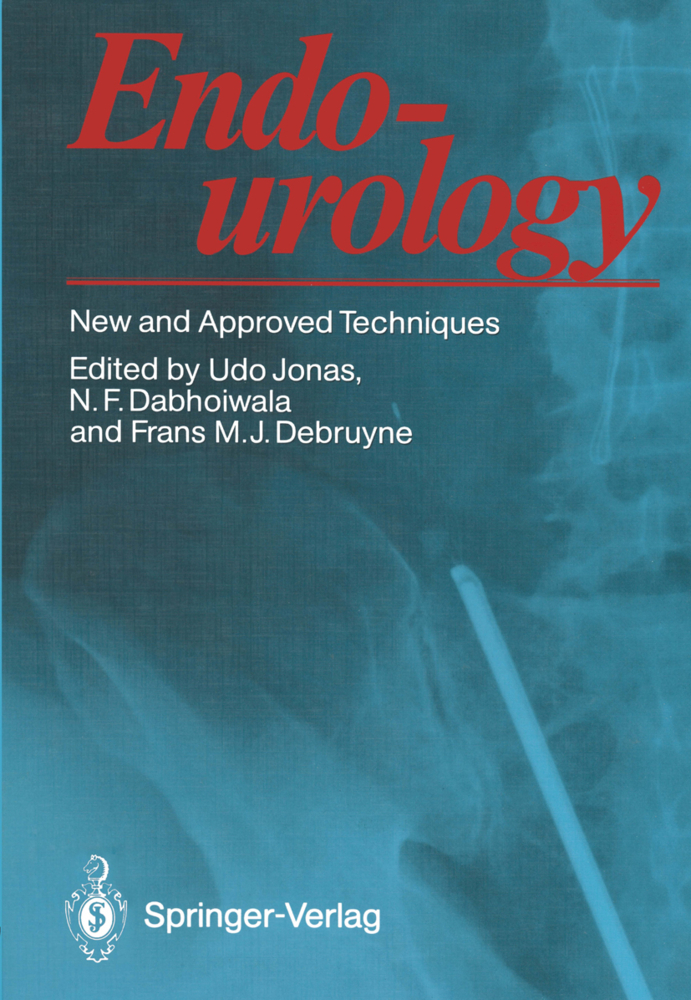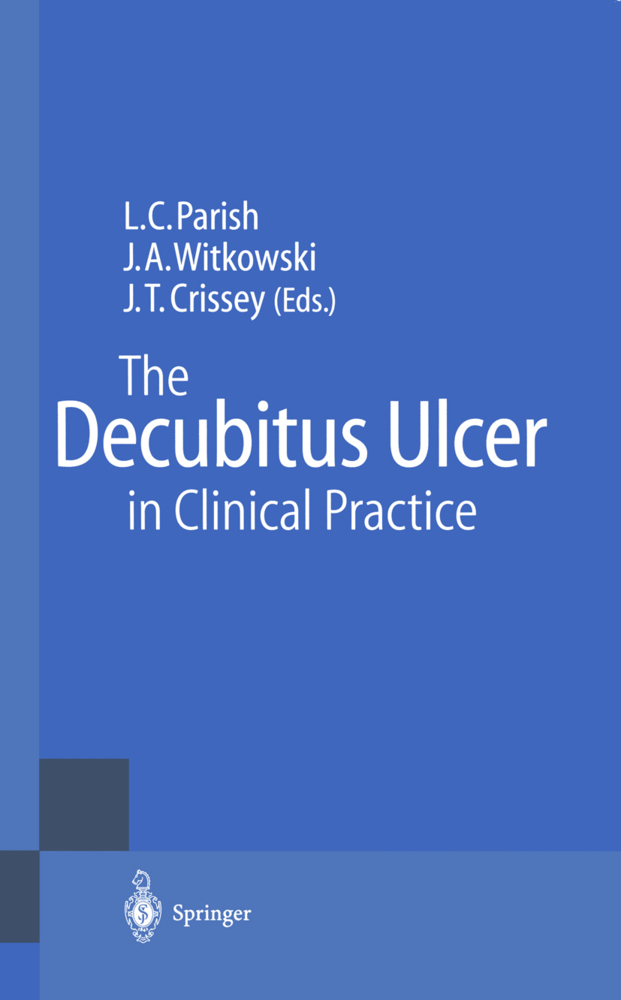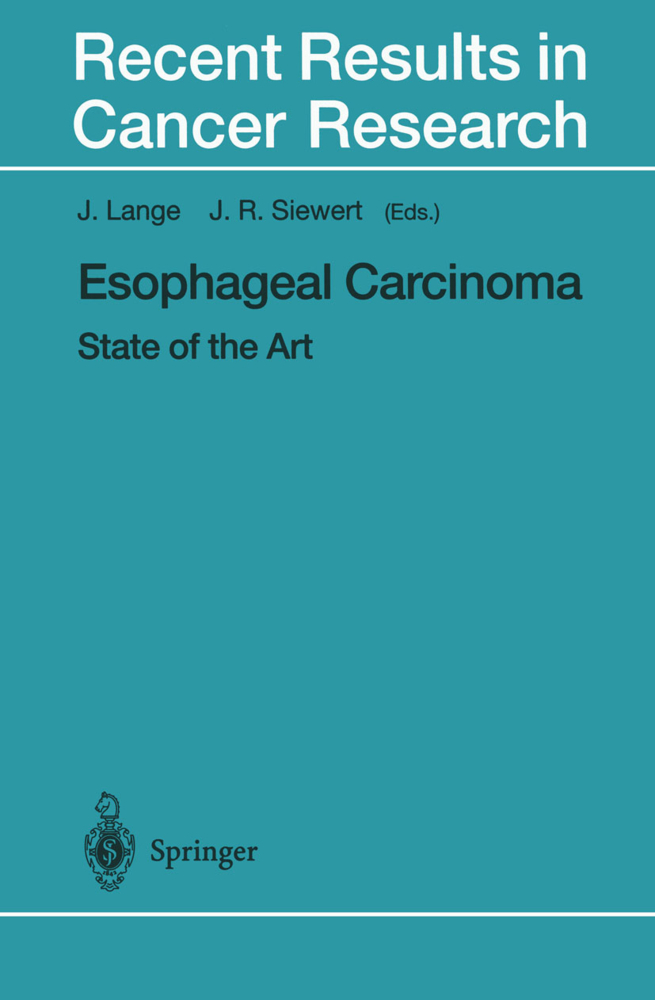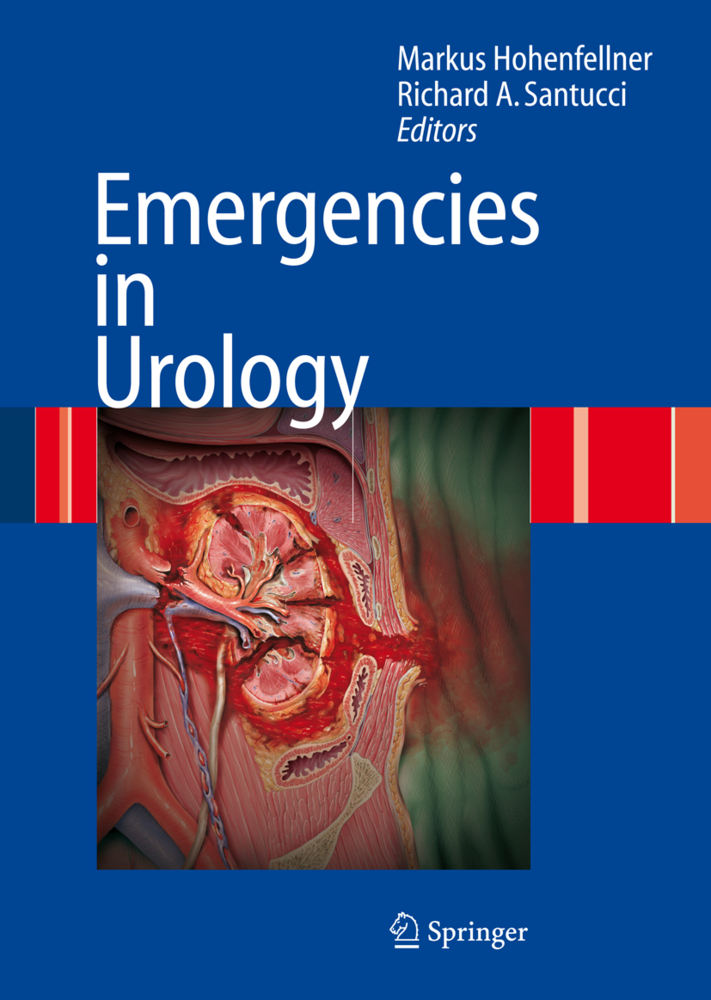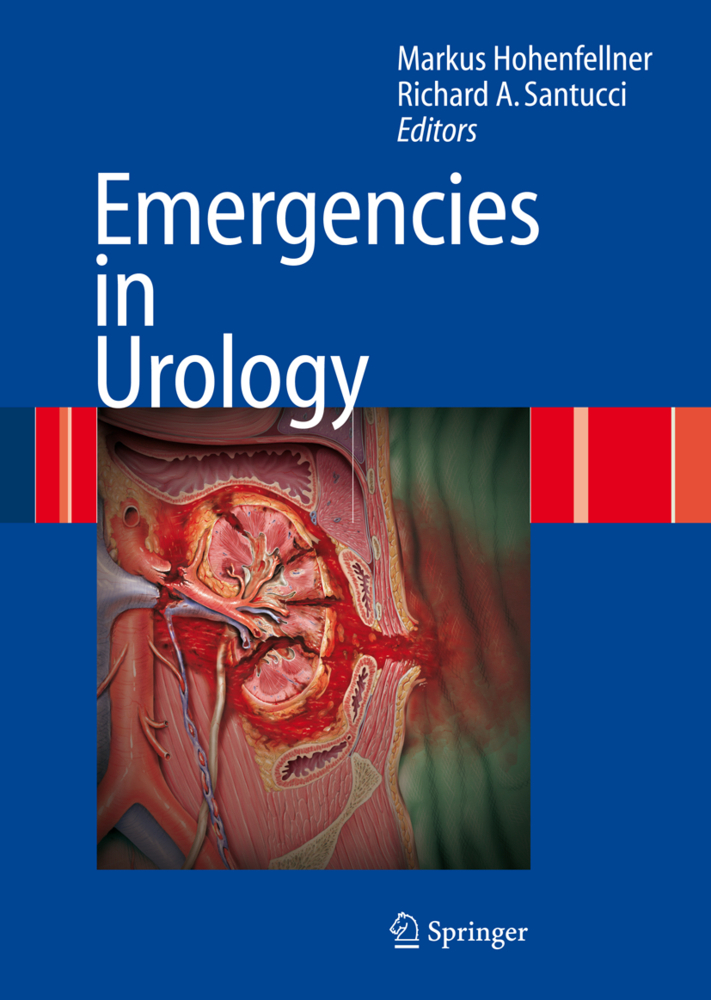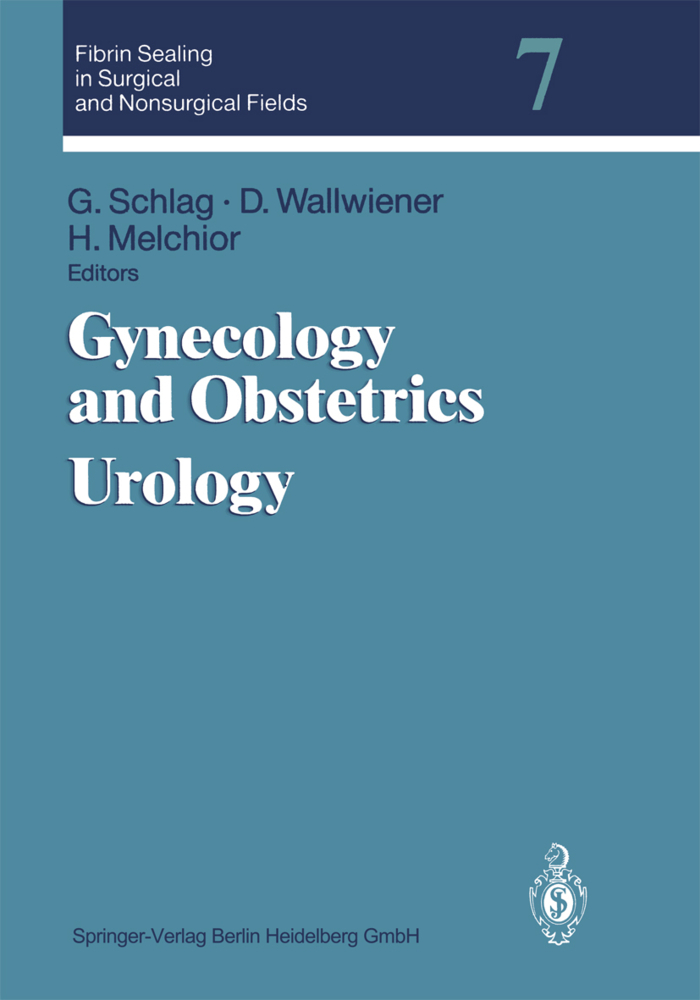Benign Prostatic Hyperplasia
Innovations in Management
Benign Prostatic Hyperplasia
Innovations in Management
A symposium on benign prostatic hyperplasia is appropriate at a time when new knowledge and new technology are rapidly emerging. As the age of the population has increased and diagnostic methods have improved, the incidence of diseases of the prostate has increased. Benign prostatic hyperplasia (BPH) is the most common benign tumor in men and results in urinary symptoms in the majority of men older than 50 years; furthermore it has in the past necessitated operative intervention in 20%-30% of men who live to the age of 80 years. The relief of obstruction resulting from this benign neoplasm by means of transurethral resection (TURP) or surgical enucleation represented a major advance and helped to establish urology as a major surgical science. Over the years, urologists became more and more proficient with the resectoscope, reducing the need for open surgery, and over time more procedures were done for more modest symptoms. Although unquestionably effective in the relief of bladder outlet obstruction in the majority of men treated, TURP has not been without morbidity. In 1989, the American Urological Association (AUA) reported an 18% im mediate postoperative morbidity in its cooperative study of 13 participating institutions evaluating 3885 patients (MEBUST et al. 1989). Included were patients requiring transfusion, those experiencing excessive absorption of irrigating fluids ("TUR syndrome"), those experiencing myocardial arrhythmias, and a few suffer ing myocardial infarction.
3 The Natural History of Benign Prostatic Hyperplasia
4 Chromosome Abnormalities in Benign Prostatic Hyperplasia
5 Quantifying the Smooth Muscle Content of the Prostate Using Double Immunoenzymatic Staining and Color-Assisted Image Analysis
6 Evaluation of End Points in the Treatment of Benign Prostatic Hyperplasia
7 Contemporary Imaging of the Prostate
8 Progress in Surgery for Benign Prostatic Hyperplasia
9 The Use of Endoprostheses in the Management of Benign Prostatic Hyperplasia
10 Prostatic Balloon Dilation
11 Laser Therapy in Benign Prostatic Hyperplasia
12 The Use of Pharmacologic Agents for Benign Prostatic Hyperplasia
13 Physical Principles of Microwave Hyperthermia of the Prostate
14 Biologic Effects of Local Microwave Hyperthermia on Prostatic Tissues
15 Cell-Mediated Immune Response in Patients Undergoing Prostatic Hyperthermia
16 Transrectal Hyperthermia in Benign Prostatic Hyperplasia
17 Transurethral Microwave Thermotherapy
18 Treatment Results with Transurethral Hyperthermia in Patients with Benign Prostatic Hyperplasia
19 Critical Evaluation of Treatment Modalities in Local Hyperthermia of the Prostate
20 Optimization of Treatment for Benign Prostatic Hyperplasia: Outcome of Clinical Trials and Future Directions
List of Contributors.
1 Etiology of Benign Prostatic Hyperplasia: Can this Disease Be Prevented?
2 Pathogenesis of Benign Prostatic Hyperplasia: Potential Role of Mesenchymal-Epithelial Interactions3 The Natural History of Benign Prostatic Hyperplasia
4 Chromosome Abnormalities in Benign Prostatic Hyperplasia
5 Quantifying the Smooth Muscle Content of the Prostate Using Double Immunoenzymatic Staining and Color-Assisted Image Analysis
6 Evaluation of End Points in the Treatment of Benign Prostatic Hyperplasia
7 Contemporary Imaging of the Prostate
8 Progress in Surgery for Benign Prostatic Hyperplasia
9 The Use of Endoprostheses in the Management of Benign Prostatic Hyperplasia
10 Prostatic Balloon Dilation
11 Laser Therapy in Benign Prostatic Hyperplasia
12 The Use of Pharmacologic Agents for Benign Prostatic Hyperplasia
13 Physical Principles of Microwave Hyperthermia of the Prostate
14 Biologic Effects of Local Microwave Hyperthermia on Prostatic Tissues
15 Cell-Mediated Immune Response in Patients Undergoing Prostatic Hyperthermia
16 Transrectal Hyperthermia in Benign Prostatic Hyperplasia
17 Transurethral Microwave Thermotherapy
18 Treatment Results with Transurethral Hyperthermia in Patients with Benign Prostatic Hyperplasia
19 Critical Evaluation of Treatment Modalities in Local Hyperthermia of the Prostate
20 Optimization of Treatment for Benign Prostatic Hyperplasia: Outcome of Clinical Trials and Future Directions
List of Contributors.
Petrovich, Zbigniew
Baert, Luc
Skinner, D.G.
Ameye, F.
| ISBN | 978-3-642-78187-2 |
|---|---|
| Artikelnummer | 9783642781872 |
| Medientyp | Buch |
| Auflage | Softcover reprint of the original 1st ed. 1994 |
| Copyrightjahr | 2012 |
| Verlag | Springer, Berlin |
| Umfang | XII, 384 Seiten |
| Abbildungen | XII, 384 p. |
| Sprache | Englisch |

